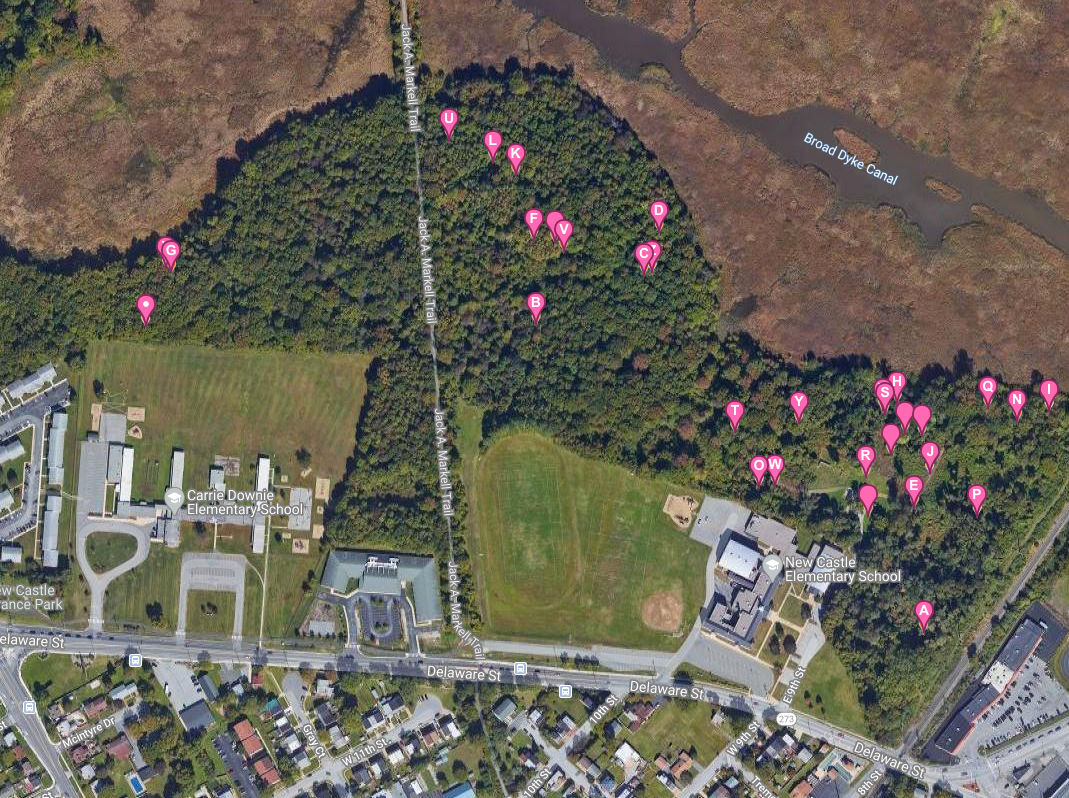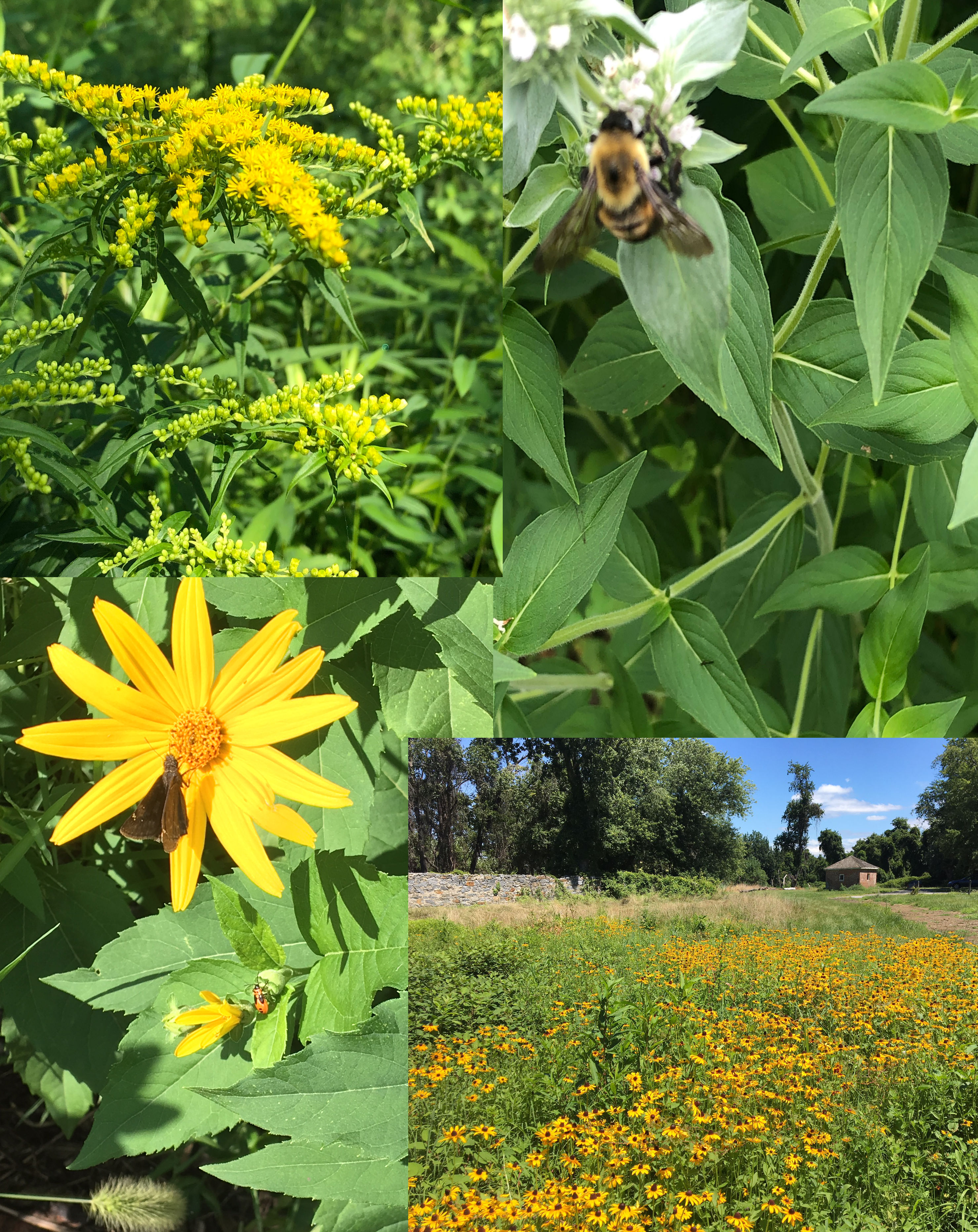Keystone species
As summarized in a NRDC web page "certain species play outsize roles in the overall structure and function of the environment. They can topple a whole community of plants and animals with their absence." They can be plants, animals, bacteria or fungi, and be predators (like sharks and wolves), prey (like small crustaceans and rabbits), 'ecosystem engineers' (like beavers and elephants'), mutualists such as pollinators (hummingbirds and bees) and the plants that depend on them to reproduce, and plants like trees that provide a critical source of food and/or shelter for other species".While native trees are good, not all native trees are of equal value. To paraphrase Orwell's 'Animal Farm', some are more equal than others. In their 2020 paper, Narango, Tallamy and Shropshire looked at published data from 83 counties in 25 states at plants and the number of lepidoptera on them. Their conclusions are summarized in the title: "Few keystone plant genera support the majority of Lepidoptera species," The woods of the Hermitage Natural Area are filled with many of the Keystone trees that attract many of the Lepidoptera species that support bird life, although there must be many species of trees missing that support other butterfly and moth species.
Some of the Many Keystone trees in the Hermitage Natural Area.
 The locations of two to eight each of eight keystone species are shown.
Click on the image to see the map in iNaturalist; then click on one of the pushpins to see the iNaturalist listing. Species
included are: oak, maple, cherry, aspen, crabapples, viburnum, hickory and blueberry. Many more of these species are not shown;
cherries, oaks, maples, and viburnums are among the most common trees and bushes in the area.
The locations of two to eight each of eight keystone species are shown.
Click on the image to see the map in iNaturalist; then click on one of the pushpins to see the iNaturalist listing. Species
included are: oak, maple, cherry, aspen, crabapples, viburnum, hickory and blueberry. Many more of these species are not shown;
cherries, oaks, maples, and viburnums are among the most common trees and bushes in the area.
 There are keystone flowers in the pollinator meadow that attract lepidoptera. Two of the most prevalent flowers there are goldenrods (>5 species) and bonesets (>3 species). They have high Keystone values (104 and 31) according to the
Audobon listing of the Narango, Tallamy and Shropshire data.
There are keystone flowers in the pollinator meadow that attract lepidoptera. Two of the most prevalent flowers there are goldenrods (>5 species) and bonesets (>3 species). They have high Keystone values (104 and 31) according to the
Audobon listing of the Narango, Tallamy and Shropshire data. I also planted both sunflower (helianthus, lepidoptera value=56) and false sunflower (heliopsis, lepidoptera value=1). I believe that although sunflowers may have thrived the first year (right bottom), after several years it is only the false sunflower (left bottom) which is growing well.
Jim Meek 2020
NC-CHAP
NC-CHAP